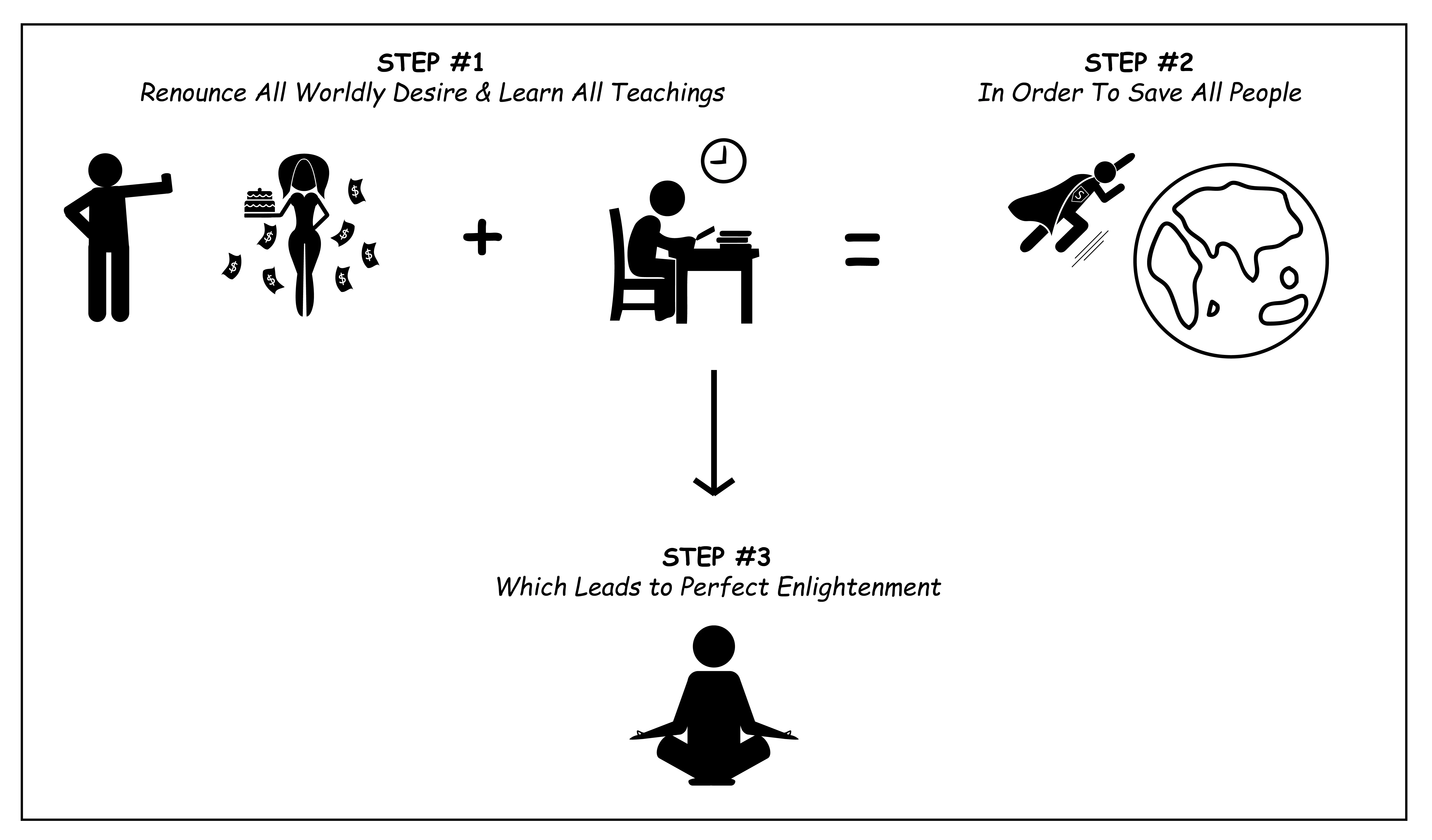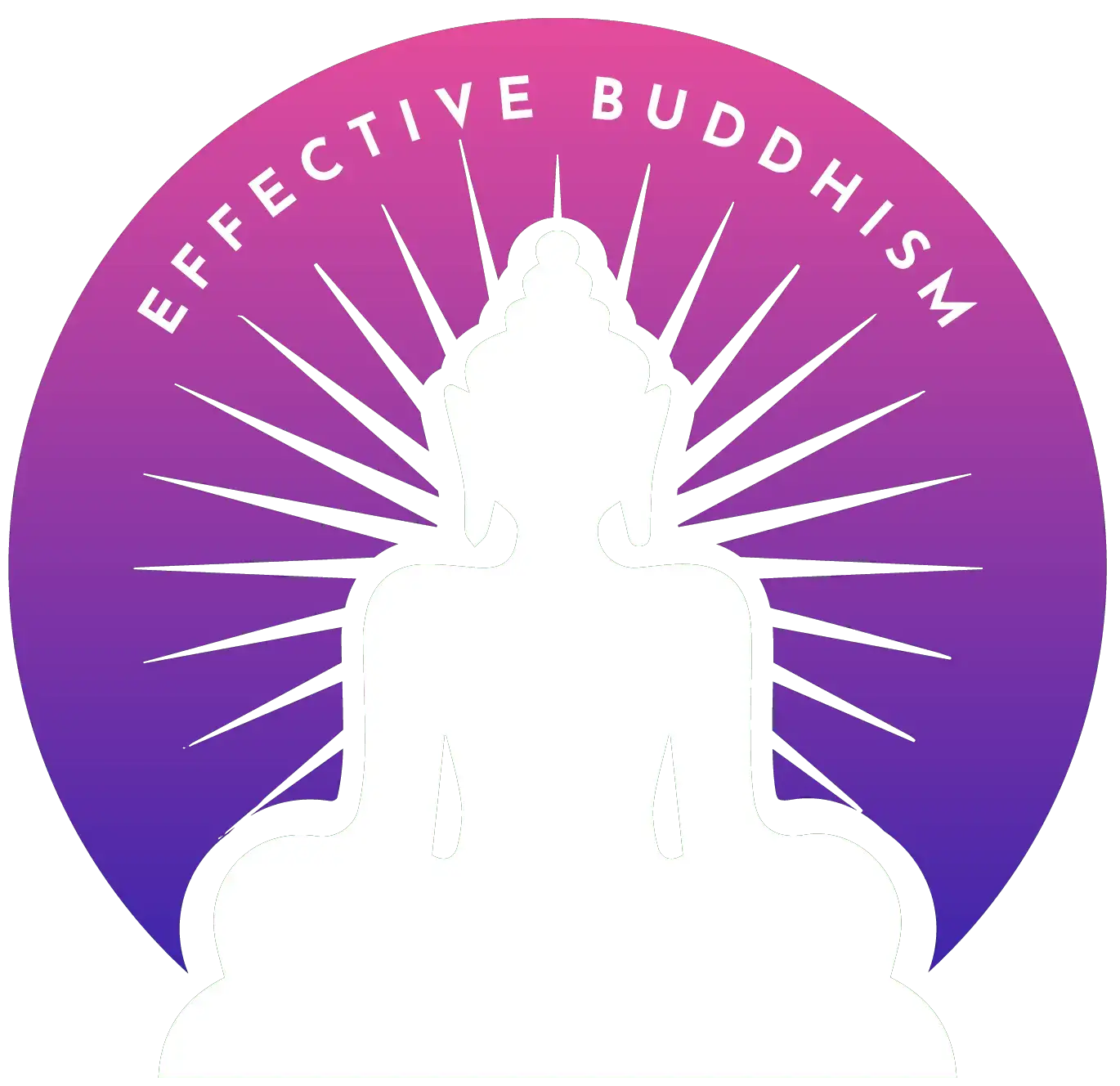
Thesis
Buddhism is an amazing philosophy full of wisdom with great truths, however I believe Buddhists have lost the way of the Buddha and lack a real basis of impact. Effective Buddhism is a solution to those who seek to follow the Buddhist Path as Buddha Wanted. If Buddha was alive today, imagine the amount of change and impact he would be having.
Read More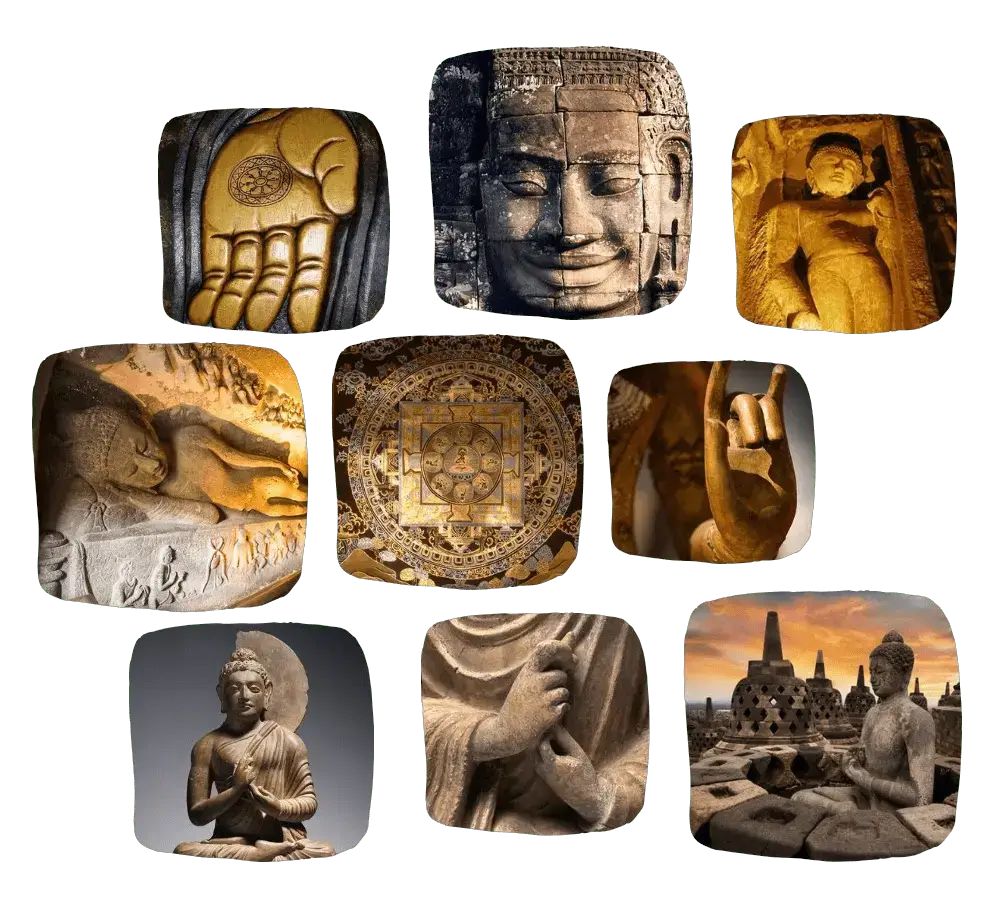
Evidence
In current Buddhist society, the top Buddhist role models have iron wills, but lack real ACTION or PURPOSE behind this because of a misinterpretation of Dharma. Buddha’s four main vows tell a different story of how the Buddha should act.
The Bodhisattva Vows exist in many different forms; they are chanted as follows:
- 1. Creations are numberless, I vow to free them.
- 2. Delusions are inexhaustible, I vow to transform them.
- 3. Reality is boundless, I vow to perceive it.
- 4. The awakened way is unsurpassable, I vow to embody it.
The Bodhisattva Vows also said in this way:
- 1. Living beings are limitless, I vow to liberate them all.
- 2. Blind passions are limitless, I vow to sever them all.
- 3. Dharma gates are inexhaustible, I vow to know.
- 4. Unsurpassed is awakening, I vow to realize it.
Or, in the most laymen terms:
- 1. To save all people.
- 2. To renounce all worldly desires.
- 3. To learn all teachings.
- 4. To attain perfect enlightenment.
If you go searching, there are many other ways these four vows are written, but they are all telling the same thing, in this order. Click to Read More...
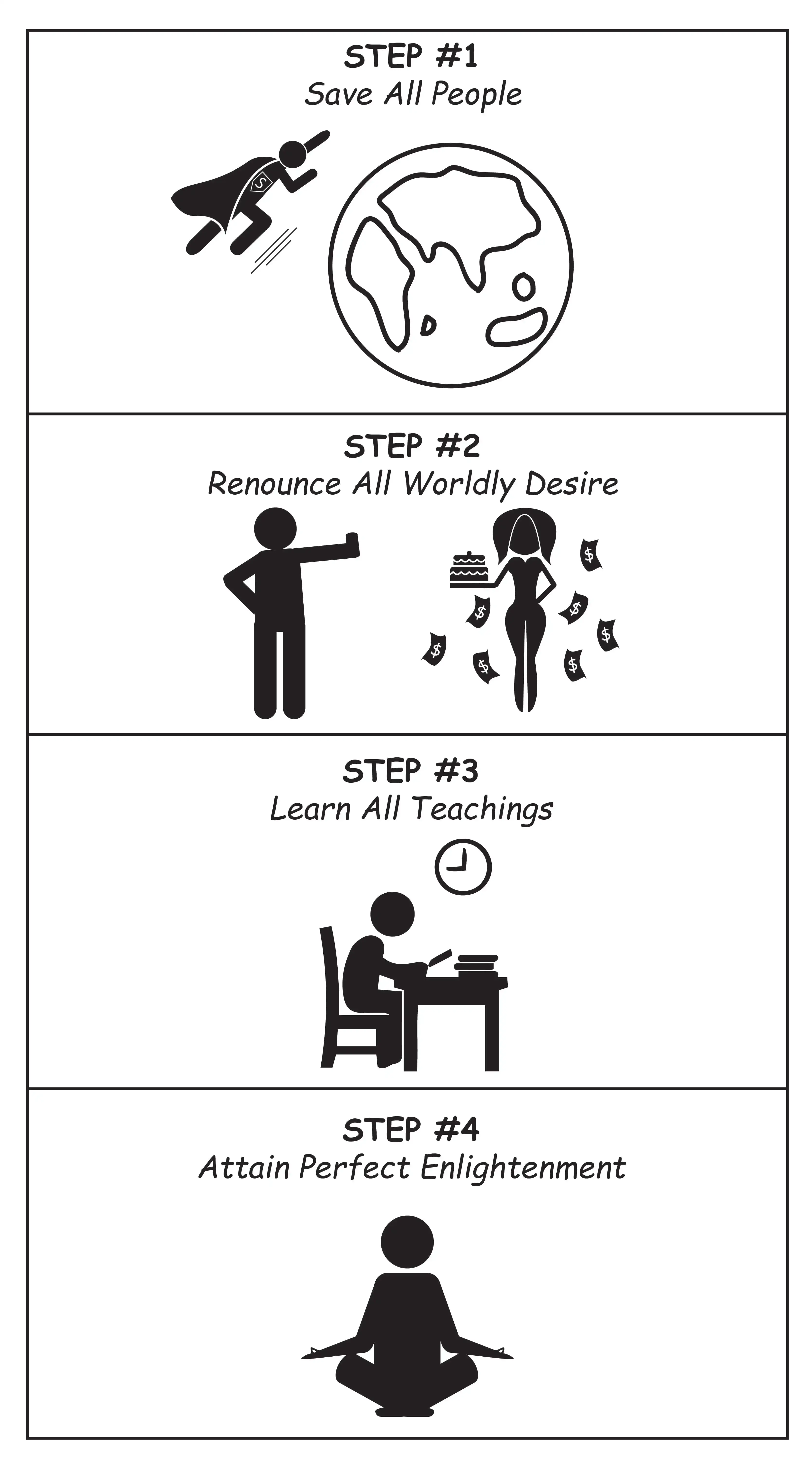
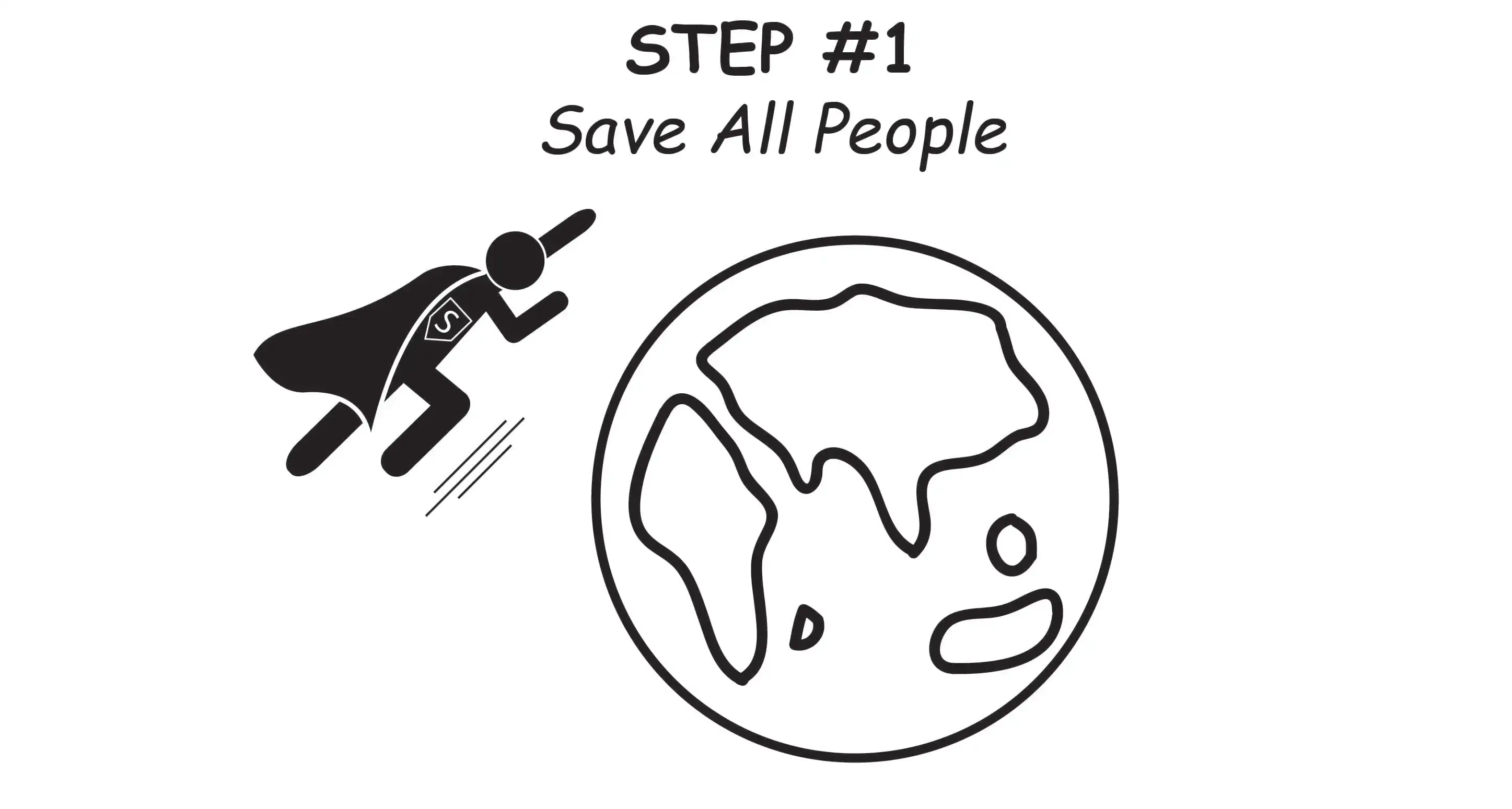
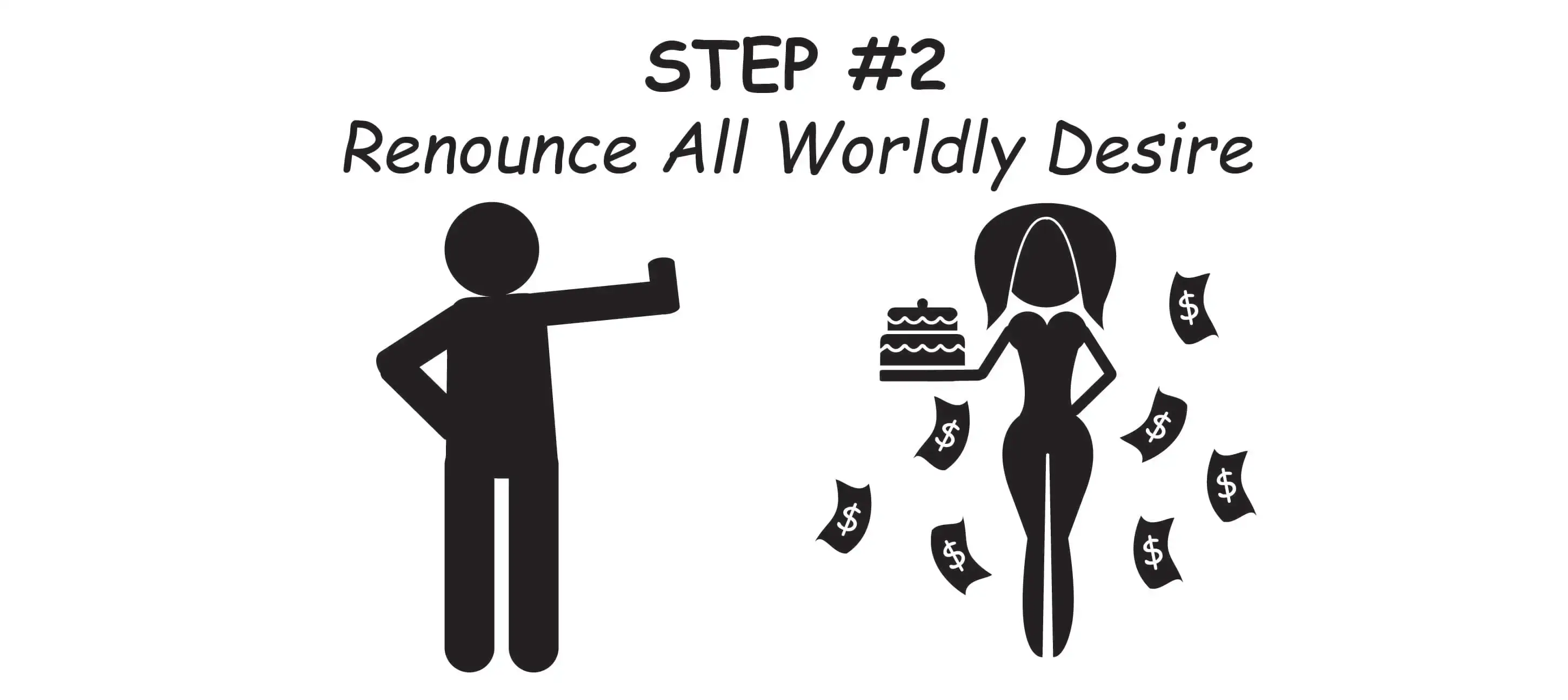
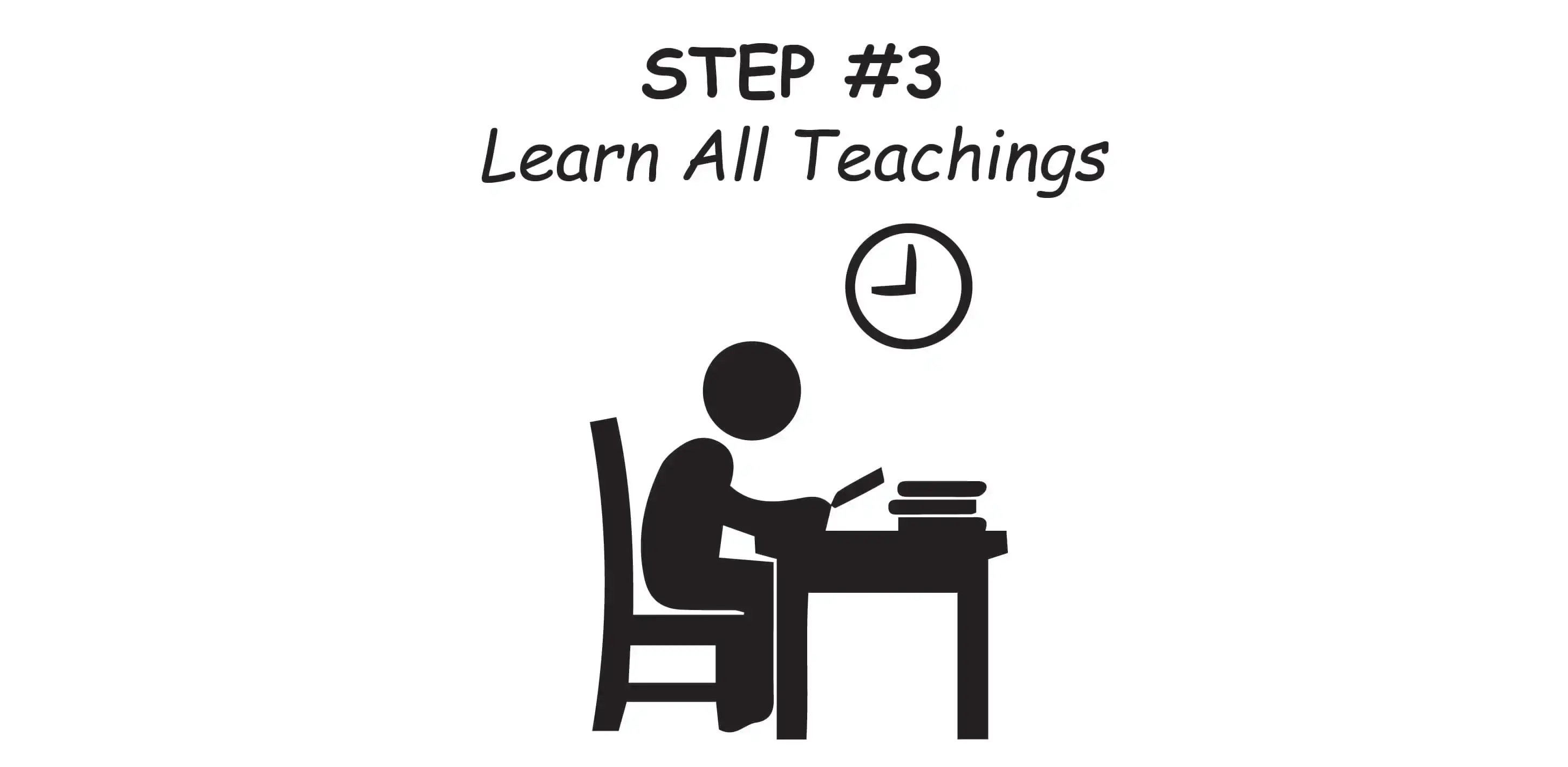
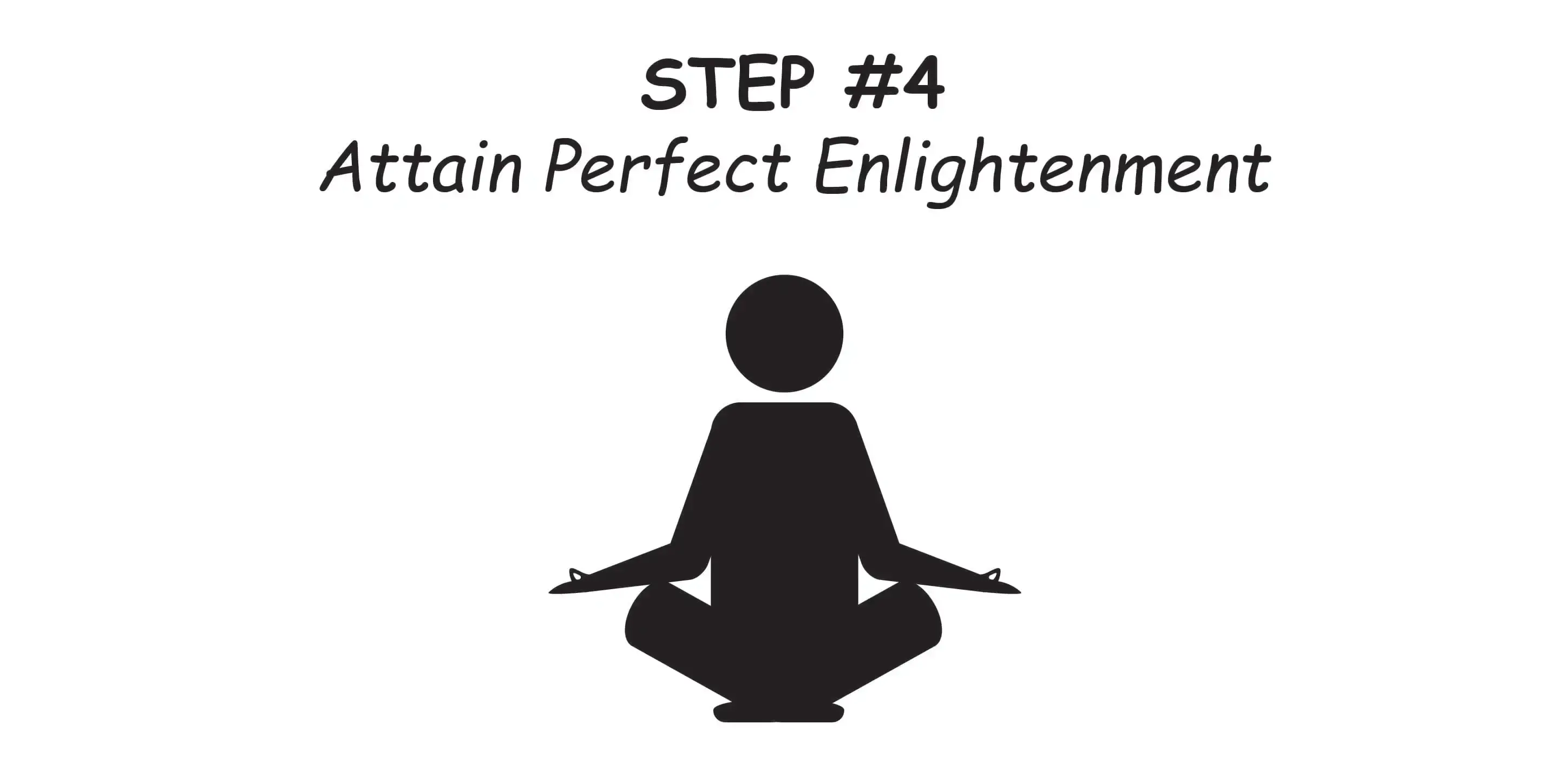
The Ten Precepts:
A few examples of parallel movements to the 10 precepts are:
- Not to engage in licentious acts or encourage others to do so. A monk is expected to abstain from sexual conduct entirely.
- Not to use false words and speech, or encourage others to do so.
- Not to trade or sell alcoholic beverages or encourage others to do so.
- Not to harbor anger or encourage others to be angry.
- 1. A disciple of the Buddha shall not himself kill, encourage others to kill, kill by expedient means, praise killing, rejoice at witnessing killing, or kill through incantation or deviant mantras. He must not create the causes, conditions, methods, or karma of killing, and shall not intentionally kill any living creature. As a Buddha's disciple, he ought to nurture a mind of compassion and filial piety always devising expedient means to rescue and protect all beings. If instead, he fails to restrain himself and kills sentient beings without mercy, he commits a Parajika (major) offense.
- 2. A disciple of the Buddha must not himself steal or encourage others to steal, steal by expedient means, steal by means of incantation or… Click to Read More
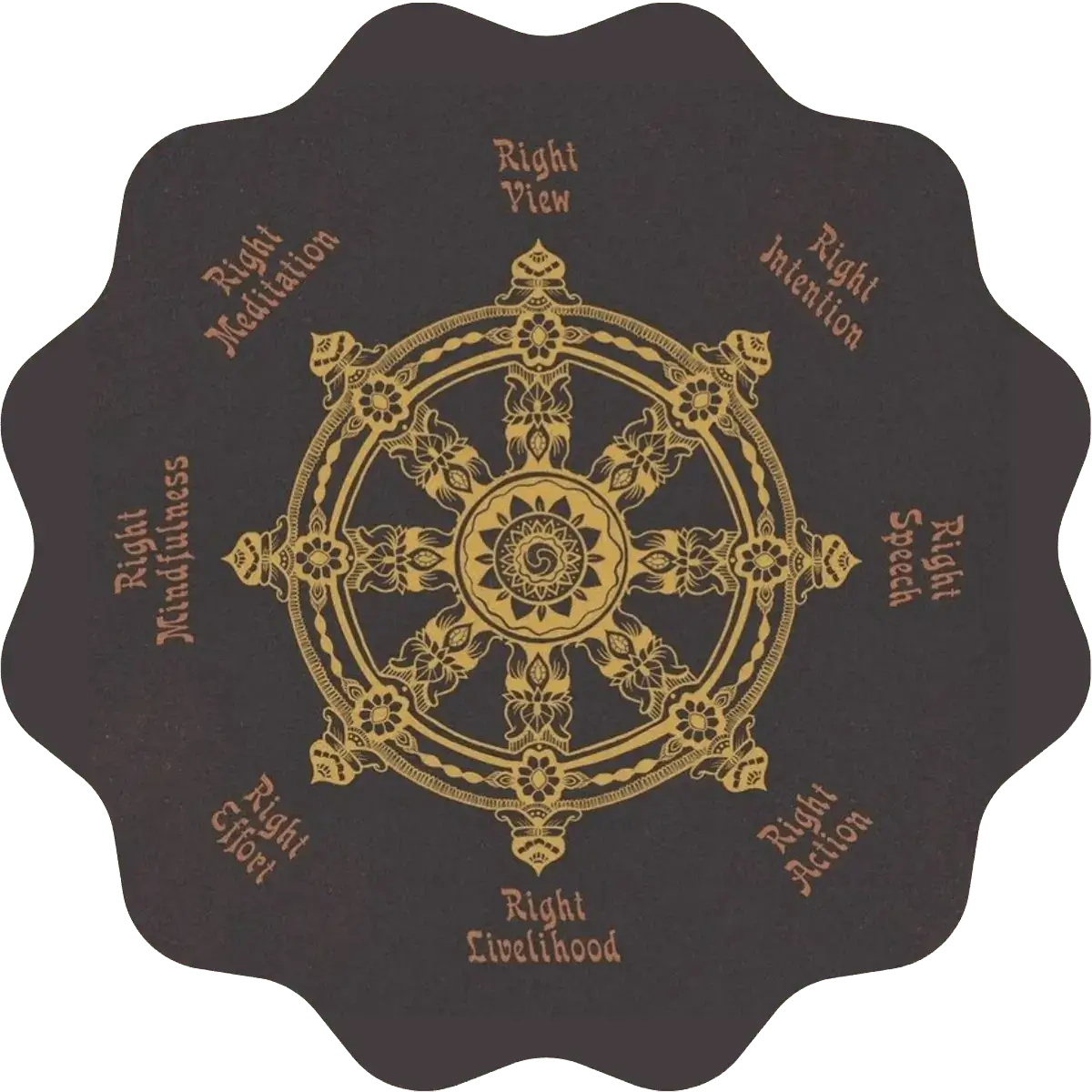
Sources:
Four Truths, Four Vows
This is another in my series of discussions of ideas Stephen Batchelor has been presenting in dharma talks since late 2010. You can hear them at
List of Buddha claimants - Wikipedia
Bahá'u'lláh - prophet of Persian origin, founder of the Baháʼí Faith stated publicly in 1863 CE that he is the promised Manifestation of God for this age predicted in all prophetic religions of the past.
Homepage
Every year since 1983, Daisaku Ikeda, as the SGI president, has issued a peace proposal, exploring the interrelation between core Buddhist concepts and the diverse challenges global society faces.

The path of the e/Buddha

Misc Notes
